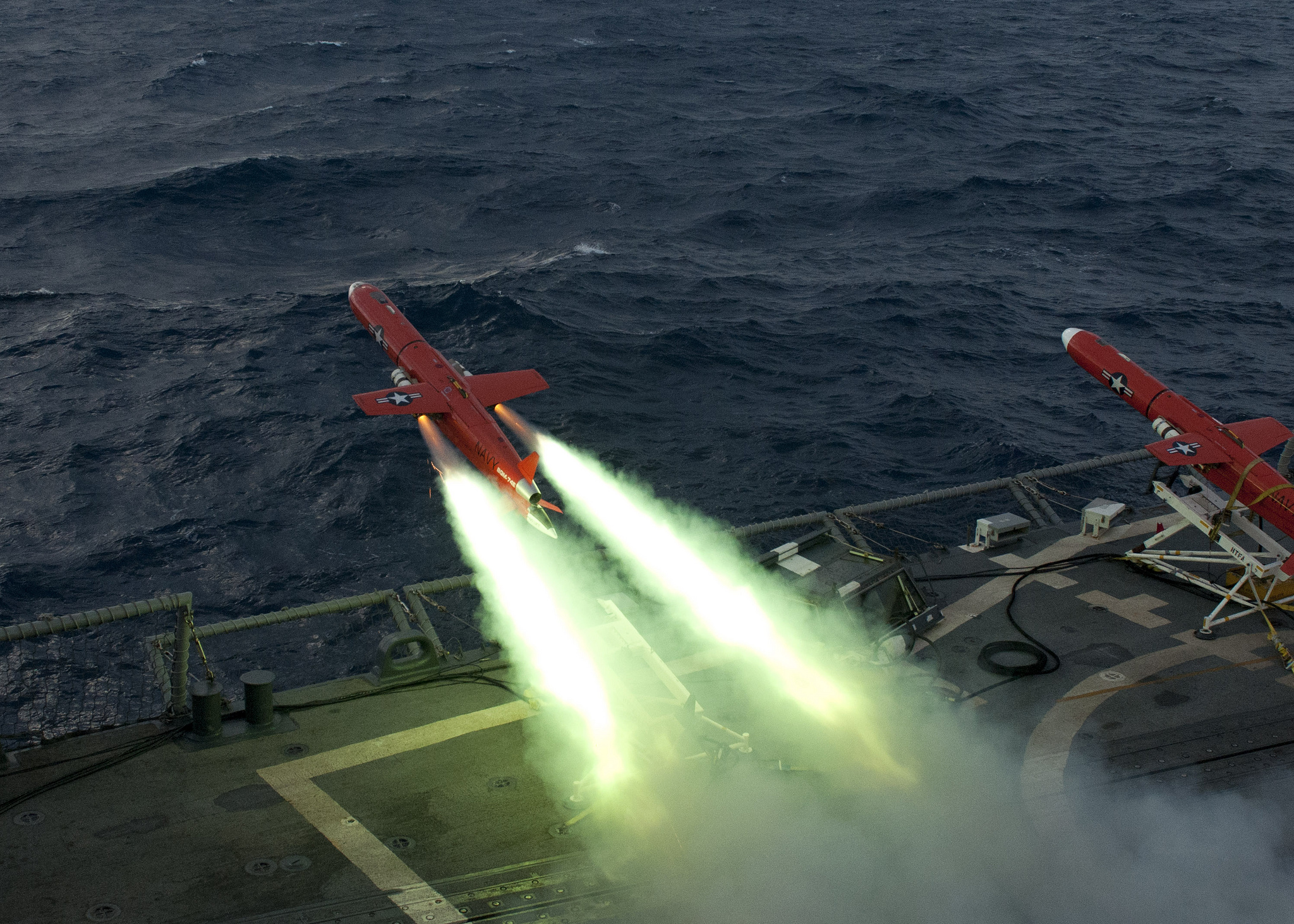This interview is an excerpt from GovLoop’s recent guide, The DoD of Tomorrow, which explores how the department is transforming its operations, technology, workforce, and acquisitions process to confront 21st century challenges.
The mission of DoD “to provide the military forces needed to deter war and to protect the security of our country” remains steadfast. Yet the barriers to accomplishing that mission are increasing.
Nick Michaelides, Senior Director of Federal-Defense at Cisco summed up those difficulties. “Defense leaders are dealing with lots of challenges both internally and externally, and they’re operating in an environment of constant and accelerating change,” he said. “Technology innovation is speeding up, business needs are evolving, and the geopolitical landscape is shifting. What’s more, the traditional conflict between nations has recently been replaced by more asymmetrical warfare and cyberthreats.”
So how does DoD combat these changing threats? Michaelides, along with his CTO Gary Hall, explained how the Internet of Everything (IoE) could provide real-time, situational awareness of defense systems when it’s supported by digitization and effectively secured.
Leveraging the Internet of Everything
IoE, put simply, is the connection of sensors to devices, places, and even people to generate real-time data and situational awareness. This idea holds great potential for the defense sector.
“IoE brings together people, processes, data, and things to provide better information for military decision-making,” said Michaelides. “The Internet of Everything has the potential to deliver on the DoD vision of network-centric warfare, to translate information advantage through IT into competitive advantage on the battlefield.”
Not only does IoE generate crucial data to inform operations, but it also has the potential to increase DoD’s response time. “IoE extends the reach of IP connectivity out to the tactical edge,” Michaelides said. “It goes well beyond the old connectivity, to what we now refer to as fog computing, which enables real-time analytics and allows for a very rapid response to the changing conditions you find on the battlefield.”
Digitizing the DoD Network
However, to take full advantage of these sensors requires the department to upgrade its networks and digitize operations. “The Internet of Everything is about connecting devices, data, people, and processes,” explained Hall. “Digitization is what happens when collaboration, data, and processes are brought onto a digital medium. They’re really very closely interrelated. IoE creates value through connections and digitization builds on that value through analytics, efficiency, automation, and process improvement. The Internet of Everything is driving digitization across all types of organizations.”
As it leverages more sensors, DoD is no exception to the trend of digitization. “Digitization of defense will allow our military to take advantage of the exponential value of connected devices and services to transform operations, meet the needs of the workforce and citizens, and provide what we believe to be a superior capability on the battlefield,” said Michaelides.
Engraining Cybersecurity
However, as DoD’s networks are linked to real-time sensors through digitization, there is an obvious concern: cybersecurity. Michaelides acknowledged that new connections bring new vulnerabilities, but he also asserted how a proactive stance can mitigate those risks. “We need to stay ahead of the threats while taking advantage of these [IoE] connections,” he said. “DoD will have to deploy more agile and flexible IT infrastructures and services that are purpose-built for cybersecurity.”
Hall agreed: “You have to protect at the endpoint, and at the application level from the endpoint through the transport medium, into your IT network.”
In order to achieve this end-to-end security, DoD will have to determine and deploy cybersecurity requirements before new sensors are installed. “A total threat defense can’t be tacked on after resources are deployed or moved to the cloud,” he said. “To effectively protect against cyberattacks, the military must take more of an architectural approach that protects at multiple layers and avoids gaps in protection.”
Of course, building this holistic IT architecture is a complex task. Hall explained how his team can help. “Cisco is a strategic partner,” he said. “We can help deliver the architectures and services that enable DoD to take advantage of the value of all of these emerging disruptive technologies.”
By integrating security into every deployed component, DoD can confidently reap the benefits of a digital environment, informed by IoE.

Photo Credit: Flickr/ U.S. Department of Defense





Leave a Reply
You must be logged in to post a comment.